Posts Tagged ‘Bass’
{{start}}
{{end}}
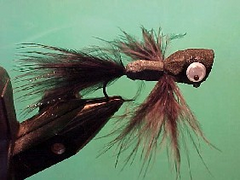
{{+1}}Guppy{{-1}}
{{start}}
. When bass are feeding on big insects like Cicadas and Hoppers that crash onto the water they also become susceptible to flies like poppers, and yes guppies, cast around their structure. At other times they just have a whack at them because there intruding into their domain. In either case the strikes and hook ups can be spectacular. They may be big in overall size but they do account for many a big bass.{{end}}
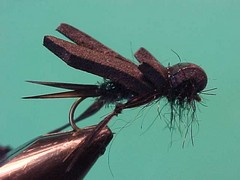
{{+1}}Foam cricket{{-1}}
{{start}}
If you fish fast water and need a very buoyant hopper or a buoyant fly to support a nymph try this one. Trout love crickets probably because that represent a pretty big serve of protein.{{end}}
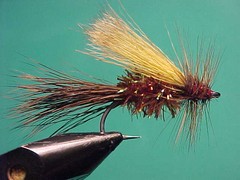
{{+1}}Bass stimulator – Chatto’s tie{{-1}}
{{start}}
For a long time I simply sized up my trout stimulator and used them on bass unfortunately they just didn't offer bass a big enough morsel and even though they were bigger than anything I would use for trout they still landed too softly ... not announcing their presence to the bass. A while back I got round to addressing the problems and after a reasonable amount of experimentation came up with this version of a stimulator which ticks all the boxes.{{end}}
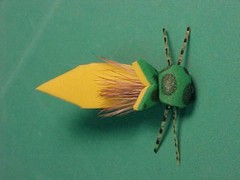
{{+1}}Bass foam hopper{{-1}}
{{start}}
When I converted my trout foam hopper for use as a bass and tropical fly fishing I added a sparkle chenille under-body and grossed it up dramatically so that it would withstand the aggressive nature of fish like Australian bass and tropical species such as mangrove jack.{{end}}

{{+1}}Foam hopper – Chatto original{{-1}}
{{start}}
If you fish fast water and need a very buoyant hopper or a buoyant fly to support a nymph try this one.{{end}}
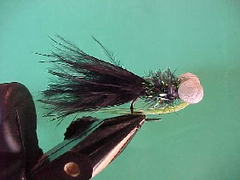
{{+1}}Bearded booby{{-1}}
{{start}}
One of the best search flies in slow moving or still deeper water using a sinking line ia a booby. As an alternative Boobies can also be fished as a semi-dry fly on the surface.{{end}}
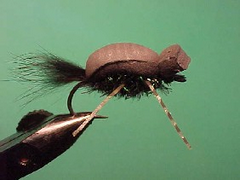
{{+1}}Rays beetle variant{{-1}}
{{start}}
I have found this variation of Ray's beetle to be a good representation for a range of these big bugs. It can be used as a general prospecting fly or to "match the hatch". It lands with a loud plop and floats hook down. I generally fish it on a 2 meter 10lb straight mono tippet. You need fairly heavy tippet to, turn the fly over, pull the fly it out of vegetation when you miscast, and to control bass that are intent in making cover once hooked.{{end}}
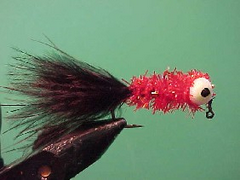
{{+1}}Bass, EP’S and perch flies{{-1}}
{{start}}
I have lumped the flies that I prefer for Australian Native fish into one group as by in large they are all structure oriented. they tend to frequent areas with structure such as weed, sunken logs, rock bars, under cut banks, holes and drop offs etc. and generally react in much the same way.{{end}}
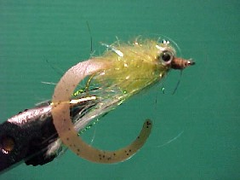
{{+1}}Chatto’s estuary fly{{-1}}
{{start}}
This fly has now accounted for bream, flathead, whiting, trevally, mullet, tailor, flounder, bass and trout. I expect it will be attractive to many other species also. Native fresh water Bass are a favourite of mine and if I could only carry one type of sinking fly to target then with the Black Estuary/Bass fly would be it.{{end}}
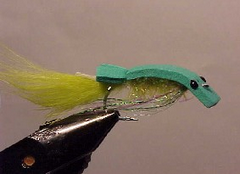
{{+1}}Wiggle minnow{{-1}}
{{start}}
By varying the materials used, the colours and size I have accounted for trout, bream, flathead, mangrove jack and even barramundi on wiggle minnows. The recipe I have set out below is just one version of this very adaptable fly and I would encourage you to individualize the fly to your own requirements.{{end}}













